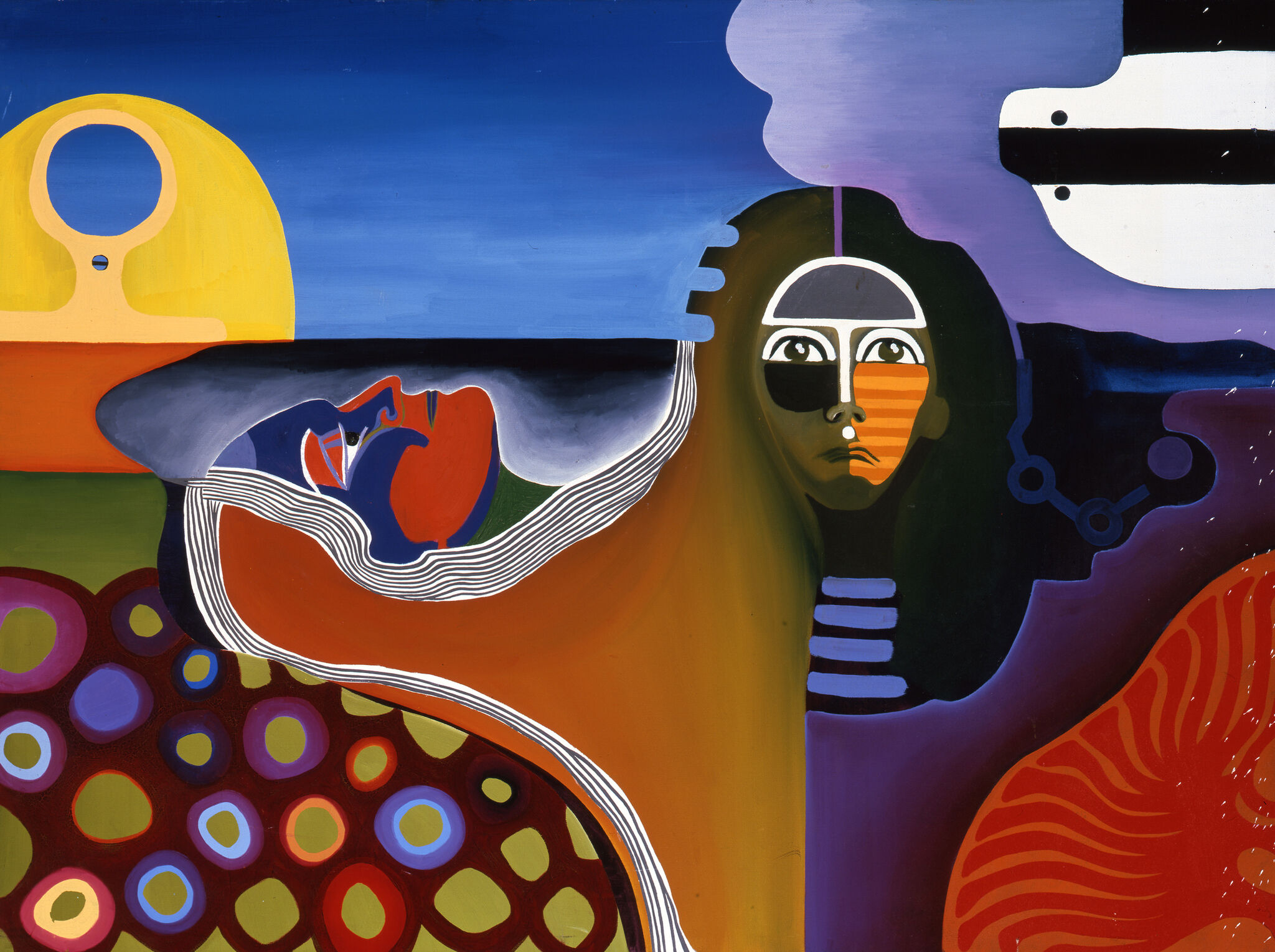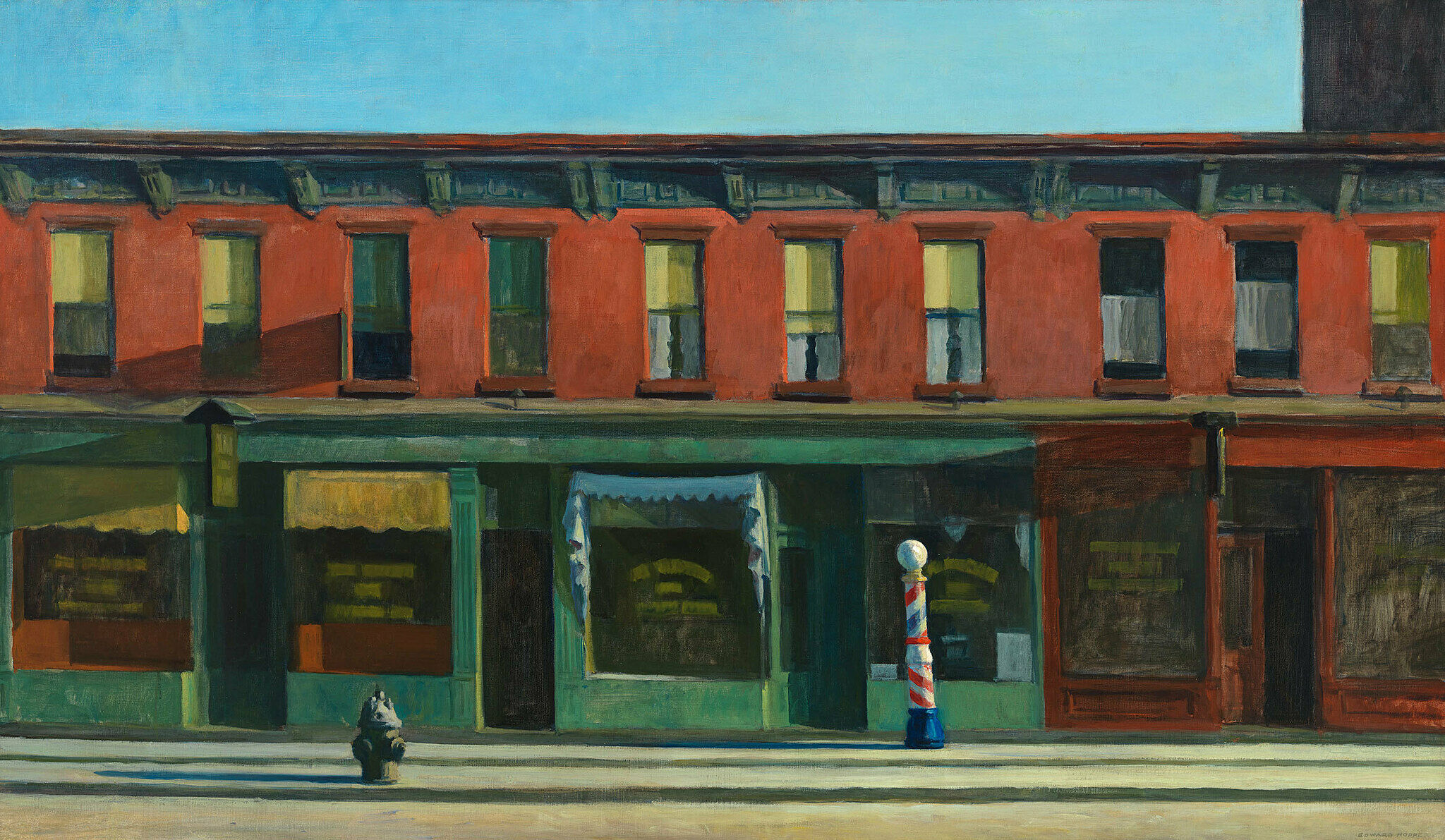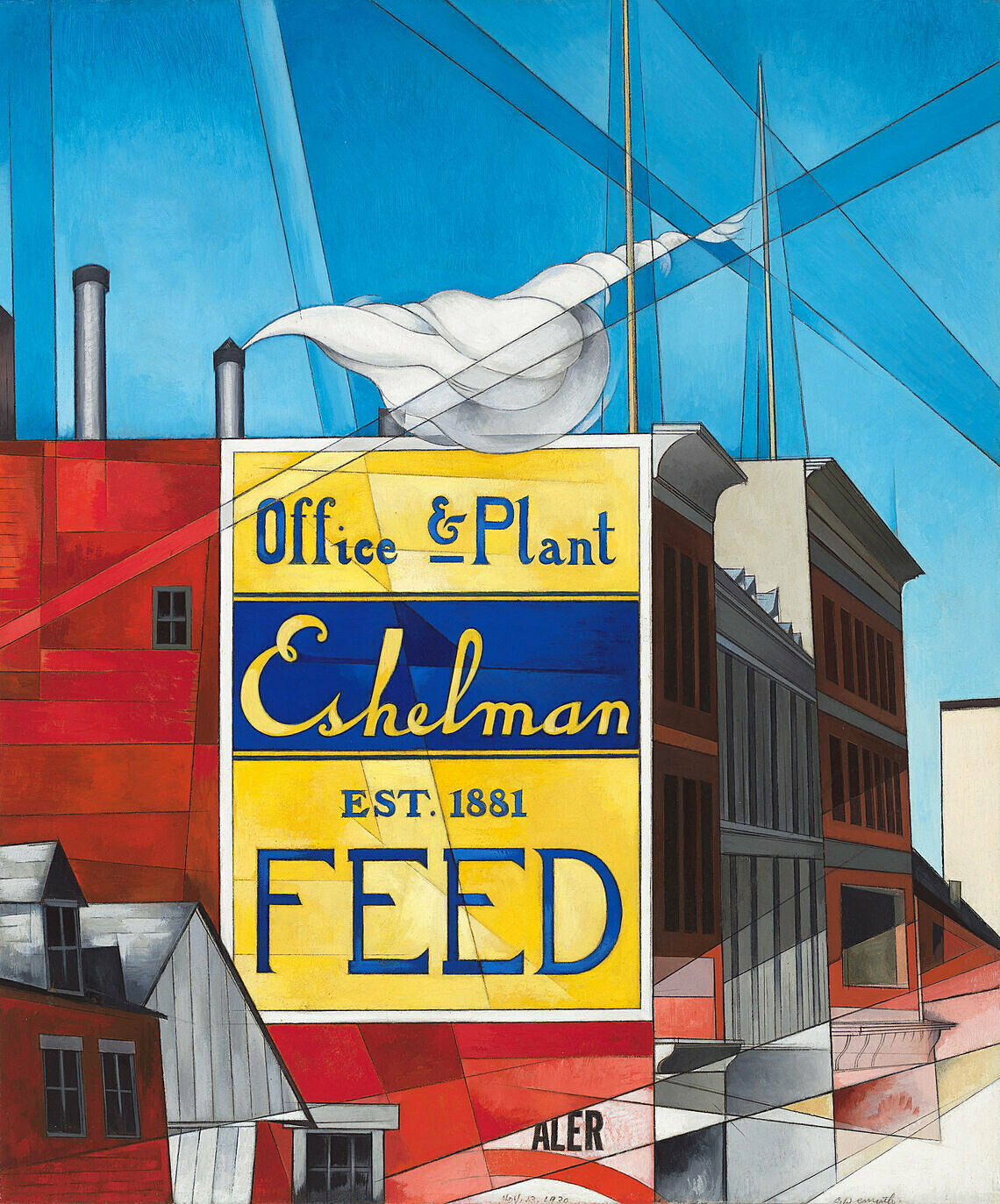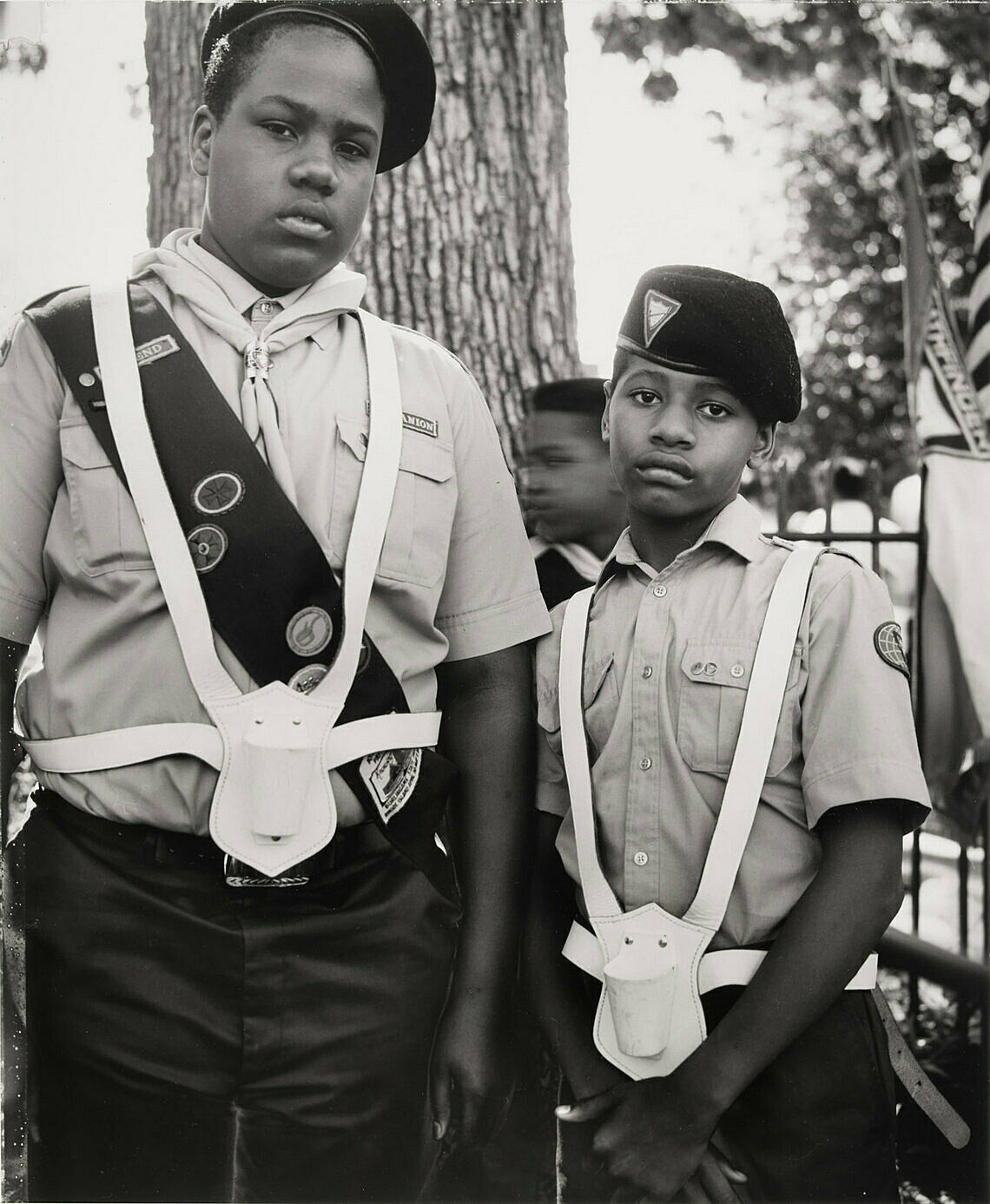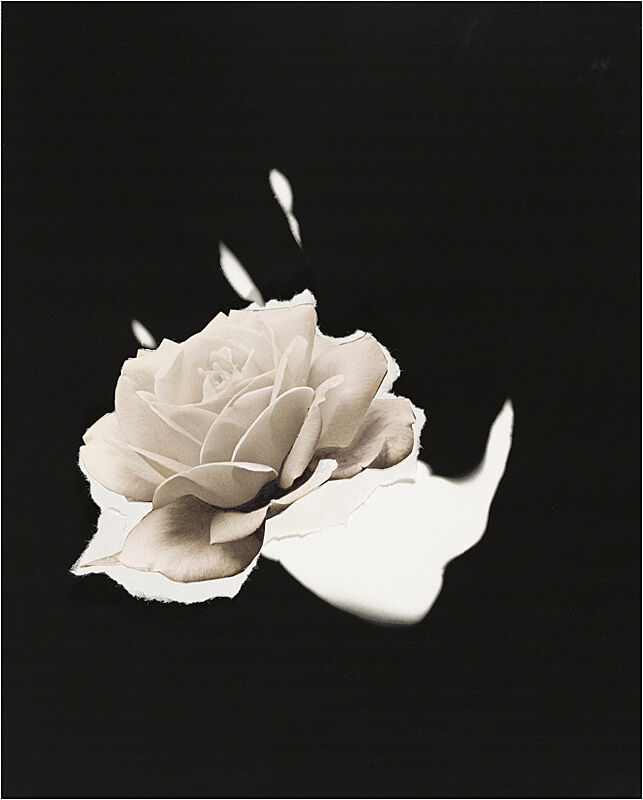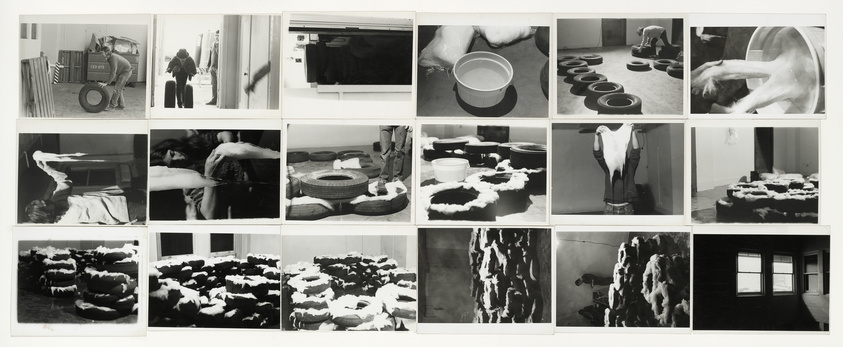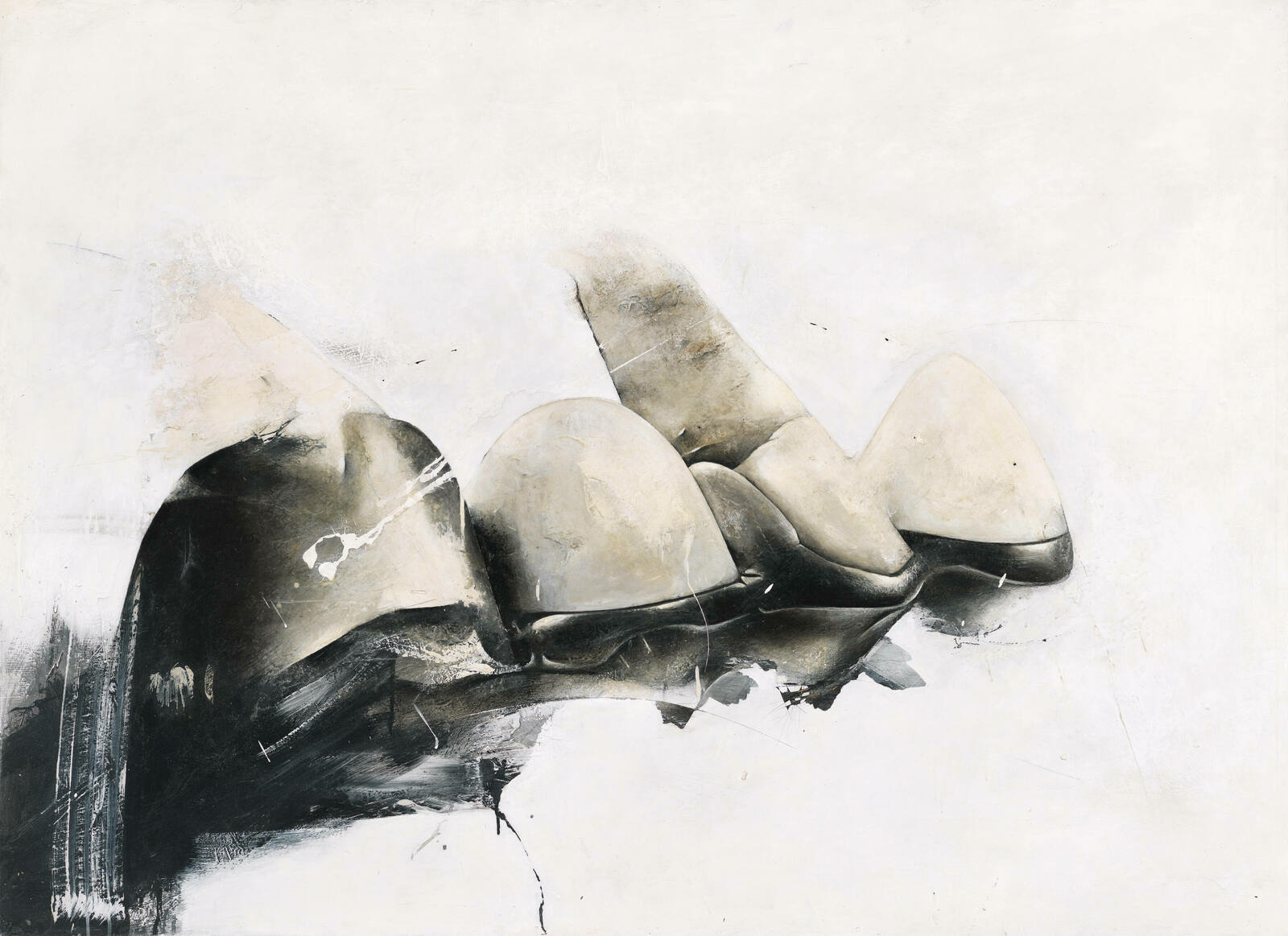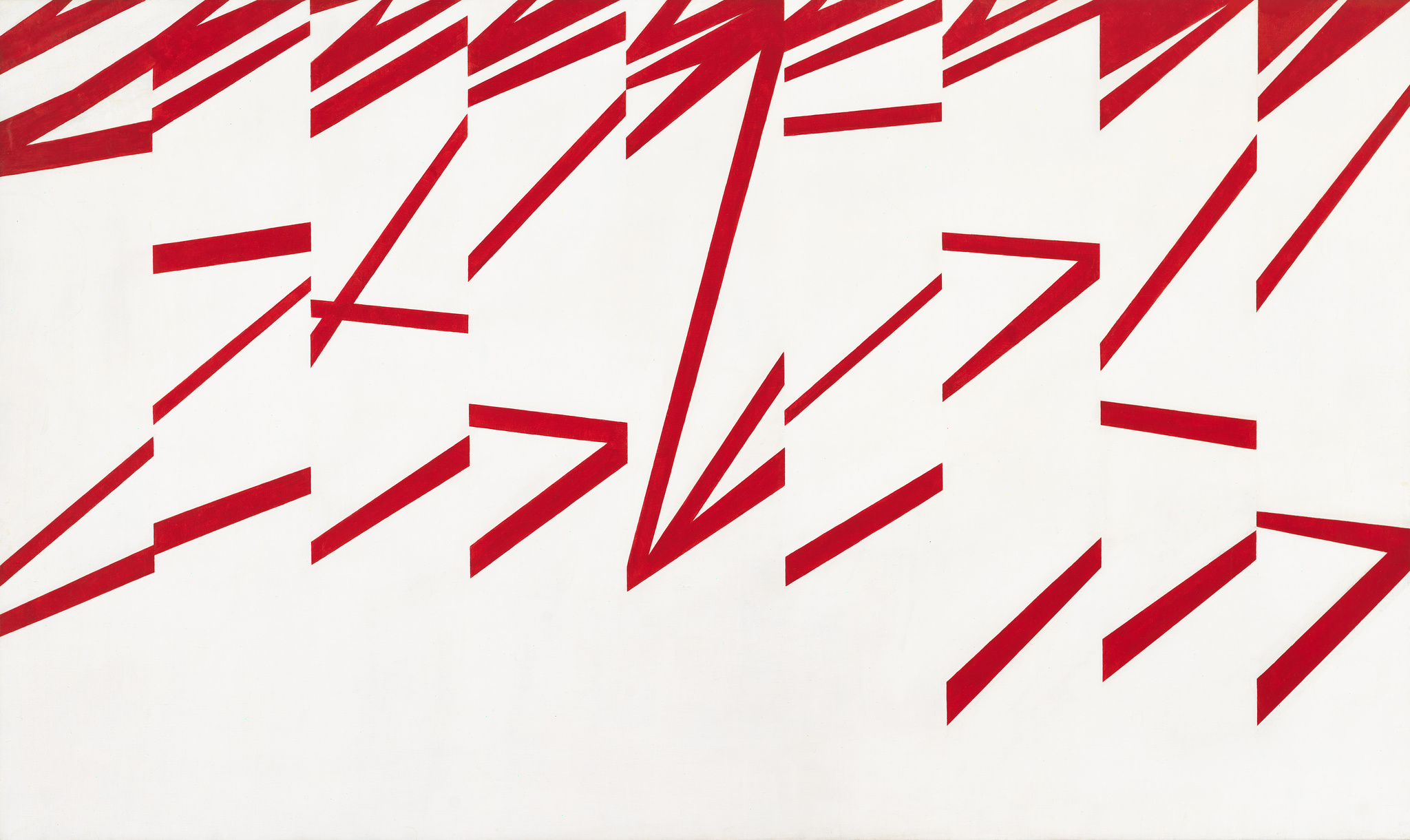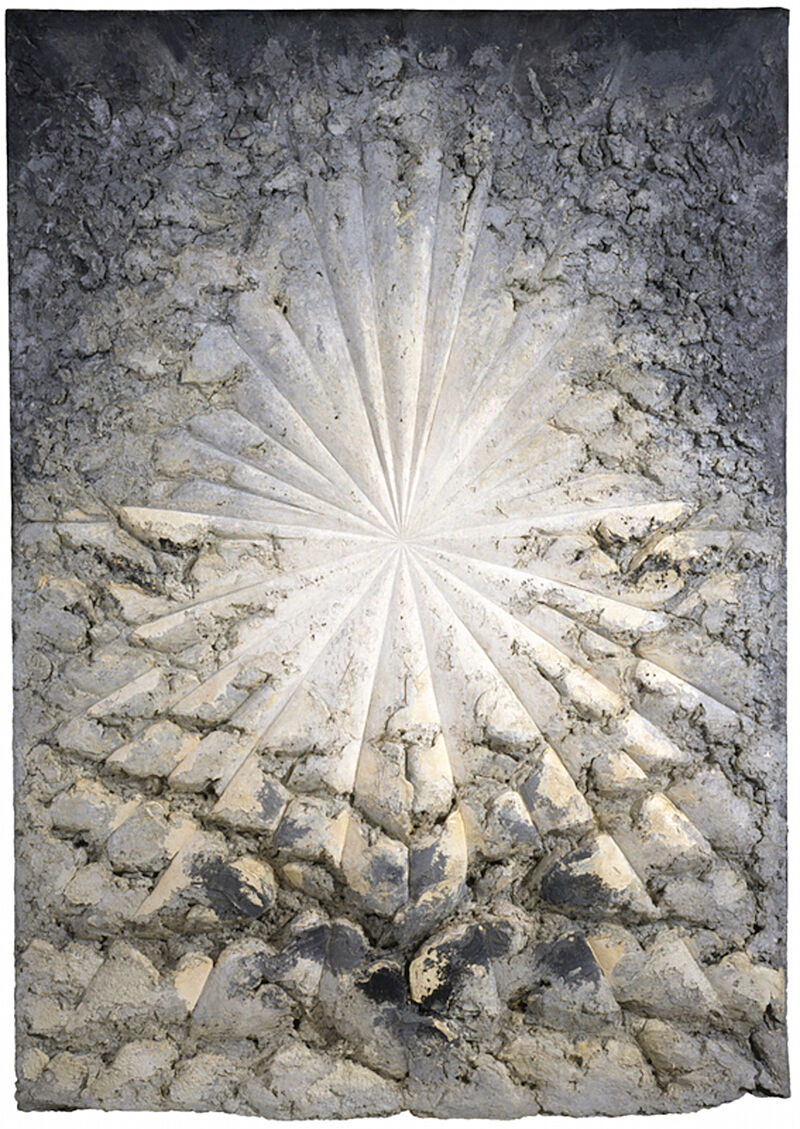Jay DeFeo
1929–1989
Jay DeFeo came to the fore as part of a vibrant community of avant-garde artists, poets, and musicians active in San Francisco in the mid-1950s, a moment often referred to as the Beat era. A number of significant visual concerns can be traced throughout her forty-year career: a primarily geometric vocabulary of key shapes and symbols; the presence of a centrally located form or image; an emphasis on surface texture; and a tension between compositional order and a sensuous response to her materials.
DeFeo’s monumental and now legendary painting The Rose simultaneously connotes the centrifugal patterns of flora and the fissures of geologic formations in a stunning composition that has been estimated to weigh more than 1,500 pounds, with the paint measuring as much as eleven inches thick in places. After spending nearly eight years completing this work, DeFeo took a hiatus from art making. When she resumed her artistic practice in the early 1970s she employed acrylic paint—rather than lead-based oils—and focused on depicting items from her immediate surroundings. Crescent Bridge II literally represents a dental bridge composed of her own teeth and replacements for those she had lost to periodontal disease. Courting a sense of mystery, DeFeo rendered the tooth forms in a scale and manner that recall a dramatic mountain range or lunar landscape. Figuratively, this image and its pendant, Crescent Bridge I, symbolize a transition period in her career and personal life.
In the early 1970s DeFeo also began experimenting with photography. For her series of pictures made on and titled for the birthday of Salvador Dalí she worked without the mediation of a lens or a negative, manipulating the photographic chemicals as they ran across the surface of the photographic paper. The resulting images share not just the compositional aspects of her paintings but their spontaneity and expressive volatility as well.
Dana Miller and Adam D. Weinberg, Handbook of the Collection (New York: Whitney Museum of American Art, 2015), 113–114.
Introduction
Jay DeFeo (31 March 1929 – 11 November 1989) was an American visual artist who became celebrated in the 1950s as part of the spirited community of Beat artists, musicians, and poets in San Francisco. Best known for her monumental work The Rose, DeFeo produced courageously experimental works throughout her career, exhibiting what art critic Kenneth Baker called “fearlessness.”
Wikidata identifier
Q15522104
Information from Wikipedia, made available under the Creative Commons Attribution-ShareAlike License . Accessed November 11, 2025.
Introduction
In the 1950s, DeFeo was allied with a group of Beat artists, poets, and musicians in San Francisco. She is best known for her monumental painting 'The Rose,' which she spent eight years making. She created a diverse range of work spanning four decades, and her unconventional approach to materials and physical process make her work difficult to categorize.
Country of birth
United States
Roles
Artist, painter, photographer, sculptor
ULAN identifier
500112022
Names
Jay DeFeo, Mary Joan DeFeo
Information from the Getty Research Institute's Union List of Artist Names ® (ULAN), made available under the ODC Attribution License. Accessed November 11, 2025.

